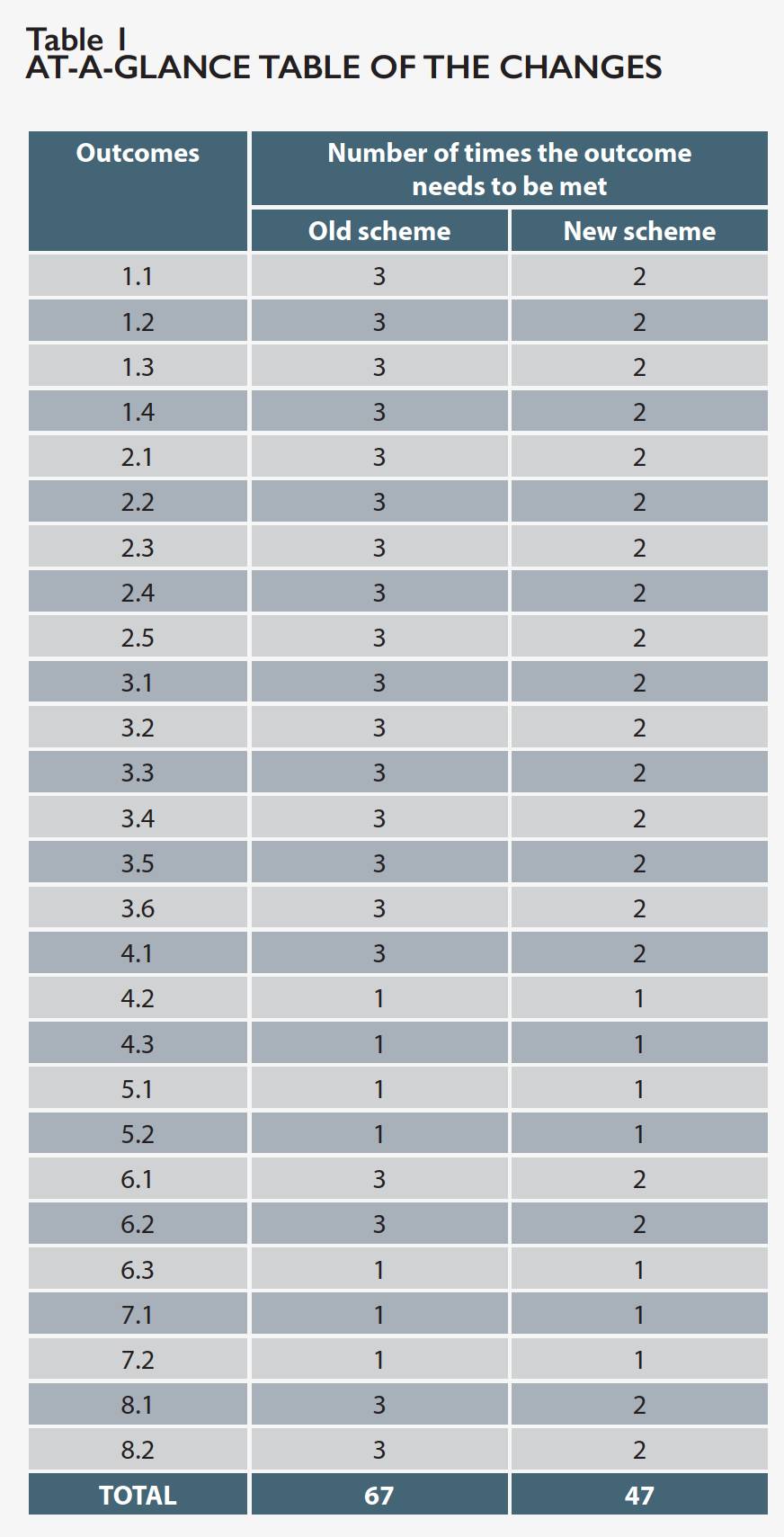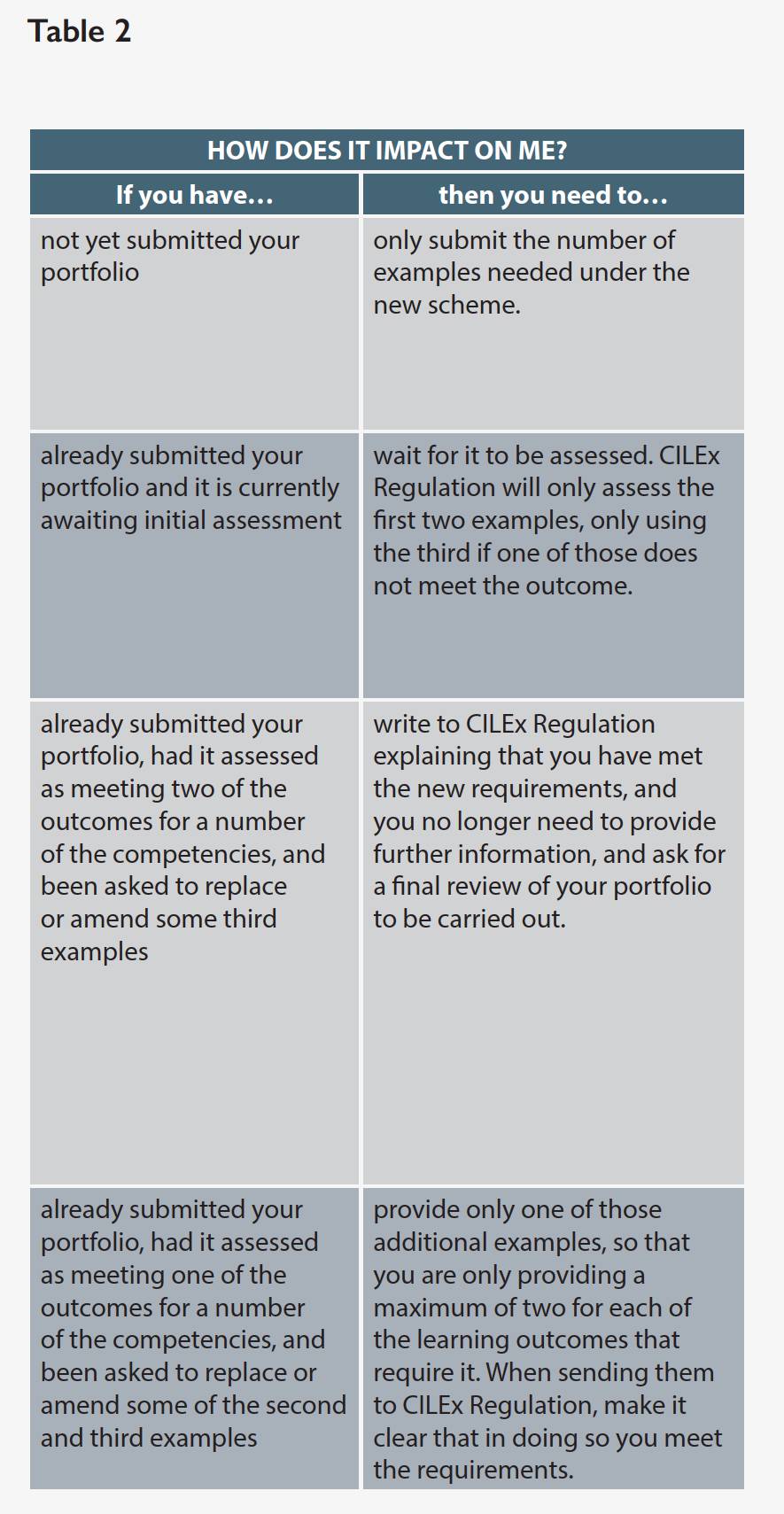Changes to the Work-based Learning requirements
Louise Tyrrell explains the new rules relating to the Work-based Learning (WBL) requirements.

About the author
Louise Tyrrell is CILEx’s practice and membership support officer.
CILEx Regulation has recently announced changes to its evidence requirements under the ‘Application for Fellowship Rules (Work-based Learning)’. These rules set out the WBL outcomes which form part of the criteria you are required to meet to apply successfully to become a Chartered Legal Executive.
The Rules determine that you must demonstrate your competence against each of the 27 learning outcomes. Since the scheme was introduced in 2013, seven of those outcomes had to be met once, but the remaining 20 needed to be met three times: totalling 67 logbook sheets and pieces of supporting evidence.
However, since the beginning of November 2016, CILEx Regulation still requires outcomes 4.2, 4.3, 5.1, 5.2 6.3, 7.1 and 7.2 to be met once, but the remaining outcomes now only need to be met twice: totalling 47 logbook sheets and pieces of supporting evidence (see Table 1).
CILEx Regulation is implementing this change immediately, and therefore it will impact on you if you have already made your WBL application or if you are intending to do so. We appreciate that there are several, different stages at which our members may be through the WBL process, so in Table 2 we consider the main scenarios and hope that this helps you to consider your next step.
If you are yet to submit your portfolio, you will now only need to do so with two examples. We understand that you may have already prepared additional examples, but we would recommend that you keep hold of these as you may be required to submit them if your initial examples do not meet the outcome.
If you have already submitted your application but it has not yet been assessed, CILEx Regulation will now only assess the first two examples you have submitted. However, if they consider that one of those examples has not met the outcome, they can consider your third example without referring to you.
If you have submitted your portfolio and CILEx Regulation has undertaken an initial review and has asked you to provide further examples, then whether you need to do so will depend on how many times you have met the outcome(s) they have asked you about. If you have already met the outcome twice and they had asked you to provide an alternative third example, you will now not need to do so. If this is the case, you should write to CILEx Regulation advising them that, since the change in the rules, you are no longer required to provide an additional example and requesting that they finalise the review of your portfolio. If you have, for example, only satisfied an outcome once and CILEx Regulation has asked you for two additional examples previously, you will now only need to send in one. You should make it clear to CILEx Regulation when you correspond that you have only submitted one example following the change in the rules.
- If you would like to discuss your individual circumstances with us, we are more than happy to help in any way we can. Please get in touch with the CILEx Contact Centre: tel: 01234 845777, e-mail: membership@cilex.org.uk or use #CILExHelp

